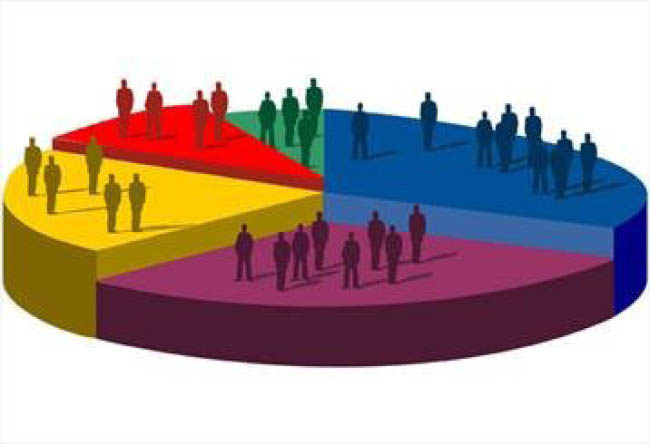State is a human institution and population is the first and foremost element. No state can be imagined without the people, as there must be some to rule and others to be ruled. Legally, the population’s quality and quantity has no major effect on establishing a state; however, the high level of citizens’ knowledge, profession and awareness plays a significant role in a county’s independence, authority and development. With inserting authority in the study of state and international policy, the quality and quantity of population will have strong effect on gaining the objective and determining the realm of national and international interests.
The element of population in Afghanistan, however, will have a particular status. A large number of political decisions at national level, strategies, and policy-making are determined on the basis of population in provinces for the society’s administration. Similarly, the allocation of facilities and the state’s support will be done on the same basis although the officials have not been committed enough to the statistics.
I strongly believe that there has been no exact census about the population from the very beginning of the country’s establishment in 1747 up to now and the national decisions and macro strategies were not determined upon the population’s proportion. Ultimately, in Sawr 19, 1396 (solar year), the Central Department of Statistics announced the number of population about 29.2 million, including one and half million nomads. The statistics suggested the number of males 15 million and females 14.2 million. Moreover, the urban population was said to be 6.9 million and rural population 20.8 million – the center’s officials underlined the precision of this statistics to some extent.
However, it is believed that the above statistic is based on no definite and logical method or mechanism and rather it is based on assumption and false information gained from residents or provincial officials. There are many reasons suggesting the inexactness of this statistic such as the insecurity in many provinces and districts, displacement and migration as a result of war and violence, impassable routes in some regions and the remoteness of some towns and villages. There seem many other reasons regarding the inaccuracy of this statistic. For instance, there is no registration of birth and death in many provinces and even in large provinces including the capital. It is really surprising to see that many families either do not know or do not care about the obligation of birth and death registry. Therefore, the statistics announced by the Central Department of Statistics is inexact and based on false information and assumptions. Now the question is that why there is a need to exact statistics about population?
All countries, including Afghanistan, are in need of exact statistics with the aim of upholding the citizens’ rights and providing them the necessary services. An exact statistic seems to be more important for Afghanistan since the country is in a particular condition, unlike many other countries. For example, an exact number of population is necessary for enjoying from facilities and national investment, fair distribution of public services and government’s support and even political positions.
To view the issue more realistically, the importance will be manifested well. The number of population in a province will be the source of important decisions in many great issues in all political, cultural, social, economic and administrative aspects. More importantly, the presence of tribal groups in political structure will be in accordance with the proportion and composition of their population.
1-Allocation and establishment of administrative units at provincial and district levels was based on population. Currently, the process of adjustment and establishment of new administrative units based on sufficient population and capacity are under construction.
2-The allocation of seats in provinces and zones for people’s representatives in parliament is considered on the basis of population’s proportion.
3-The provincial council seats will be determined according to number of population in all provinces.
4-The number of members of district council will be based on a district’s population.
5-National resources will be allocated on the basis of a province’s population.
6-Rationing of facilities in all aspects such as health, education, transportation and moral issues as obligatory act of Haj, etc. will be considered based on population’s proportion.
In brief, one of the most important issues is likely to be using exact information and data in this process and planning for counting the manpower since the population is the constituting element of a society and the source of social and economic development. Exact statistics and collecting the necessary data about the country’s population will support the officials in country’s development and betterment. Meanwhile, the citizens will enjoy fairly the national investment. Although there are natural, security and cultural barriers before establishing a standard mechanism in the country, an exact statistic regarding the country’s population is a crying need.
Home » Opinion » The Need for Census in Afghanistan
The Need for Census in Afghanistan
| Syed Ali Mutahhari

